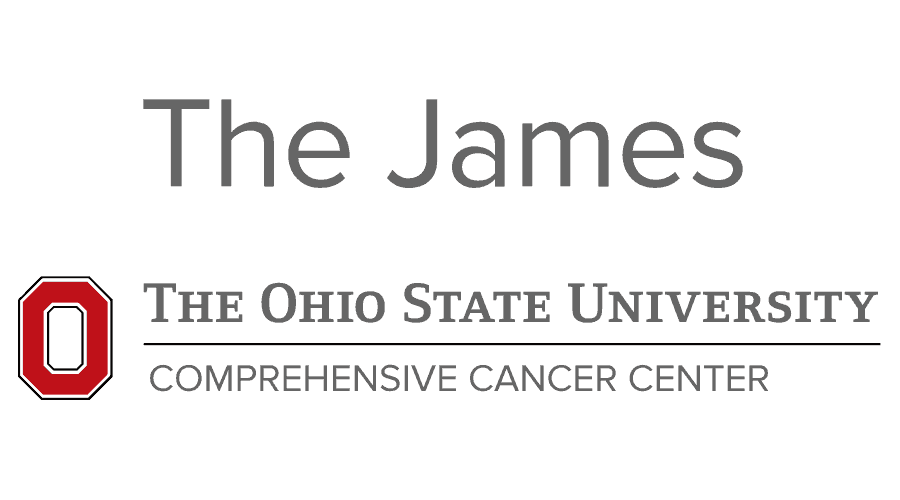Investigator Guidance & Tools
1. Protocol Development
The following guidance documents contain tips and example language that can be applied when developing or updating a protocol.
- Retrospective studies are observational in nature and analyze existing health information, typically sourced from medical records or departmental databases, to determine correlations or outcomes with a certain disease or condition. See the Retrospective Protocol Tip Sheet.
- Prospective studies can be observational or interventional and are used to analyze the collection of future health information from participants. Information is available from the time of enrollment until study closure. See the Prospective Protocol Tip Sheet.
- Data repository studies involve the centralized collection and storage of participant health information that is made available to other researchers for analysis. The use of any PHI requires an IRB-approved protocol. See the Data Repository Protocol Tip Sheet.
2. Recruitment Guidance
- The Research Recruitment Tip Sheet for Investigators outlines the recruitment process and best practices for contacting potential research subjects, ensuring compliance with relevant university and medical center policies.
- The MyChart Guidance and Message Template provides insights and requirements for messaging patients through the electronic medical records ("EPIC/IHIS"). Scripts for MyChart messages must be IRB-approved before the system can be used for recruitment.
3. Research Agreements
All agreements must be signed by an authorized Ohio State designee before any research activities can occur, including the sharing or receiving of data and materials.
To learn more and to submit one of the agreements below, click here.
- Confidentiality Disclosure Agreements (CDAs) or Non-Disclosure Agreements (NDAs) are contractual documents used to protect the confidentiality and proprietary information of third parties or potential licensees that researchers need to review to conduct research, evaluate research opportunities, and assess the feasibility of conducting a study.
- Data Usage Agreements (DUAs) are contractual documents used for the transfer of research data between two entities or organizations, where the data is not publicly available or subject to restrictions on its use (e.g., HIPAA). This includes any health information that is identifiable, coded-limited, or de-identified. See the Data Usage Agreement Tip Sheet.
- Material Transfer Agreements (MTAs) are contractual documents that govern the transfer of tangible research materials between two organizations. If applicable, associated data may be shared in tandem. See the Material Transfer Agreement Tip Sheet.
4. Public Access Requirements
By the end of 2025, any federally funded research must make articles and data publicly available immediately upon journal publication—no waiting periods allowed. Data management plans are required before obtaining funding and sharing costs must be included in budgets.
Learn more about the 2022/2025 updates and the various requirements per federal agency here.
